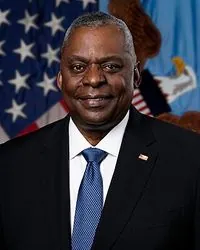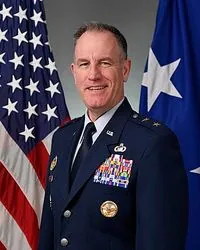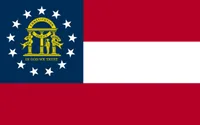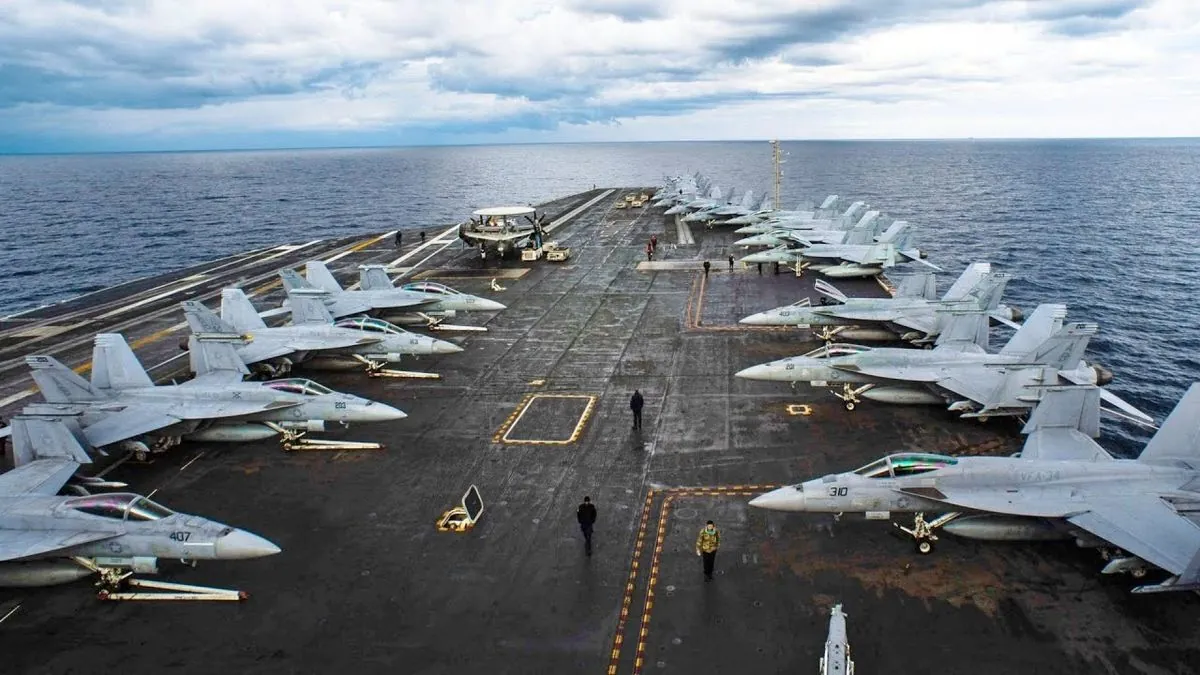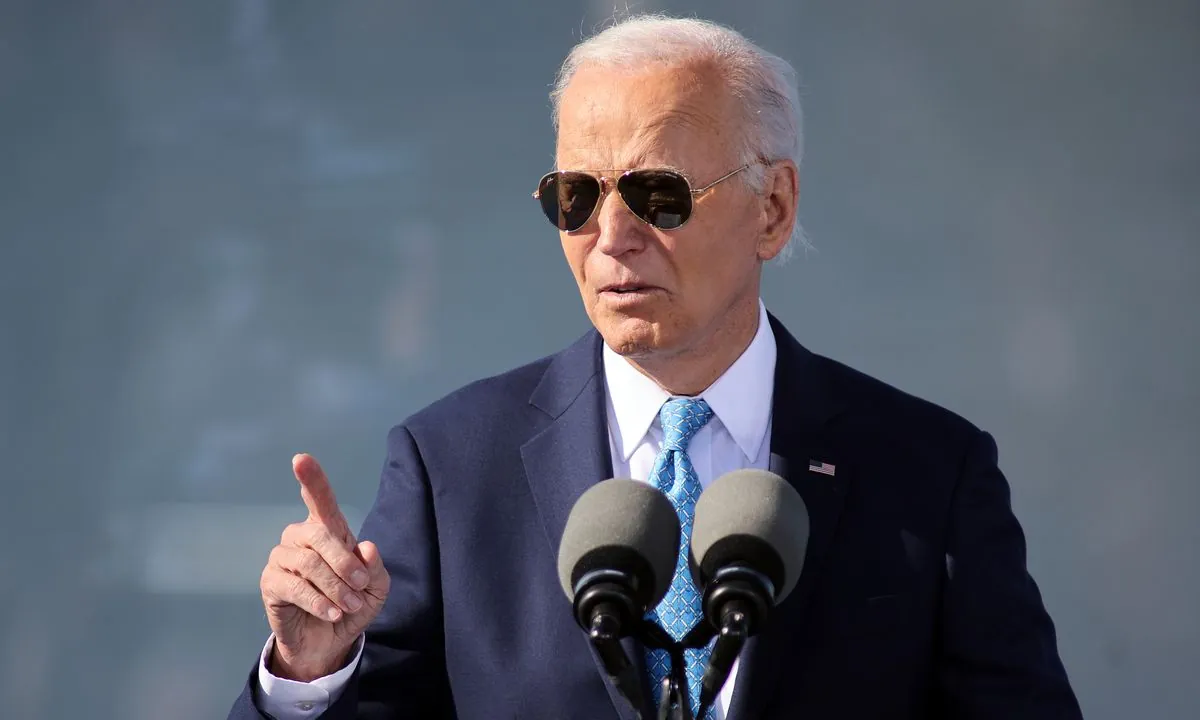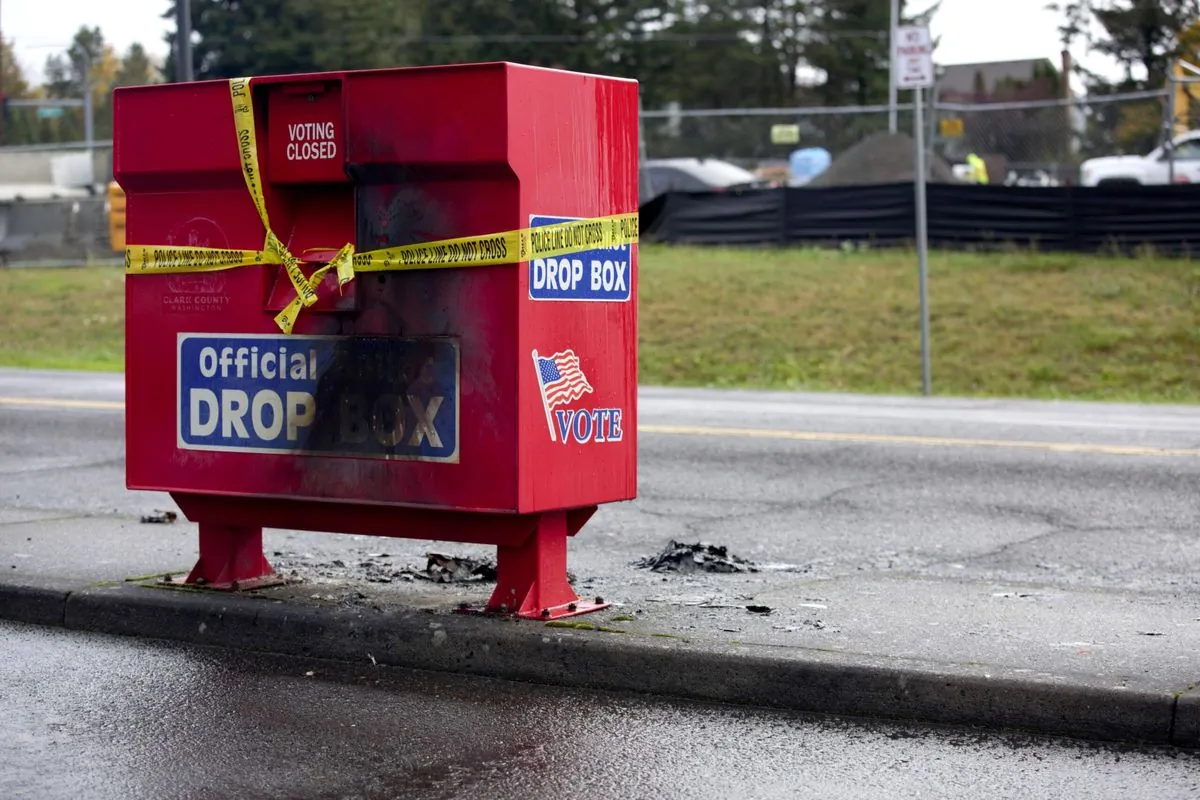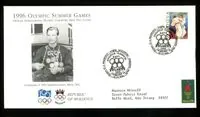NASA Opts for SpaceX Over Boeing for Astronaut Return Mission
NASA chooses SpaceX's Dragon capsule over Boeing's Starliner for astronaut return, citing safety concerns. The decision extends the astronauts' stay on the International Space Station from 8 days to 8 months.
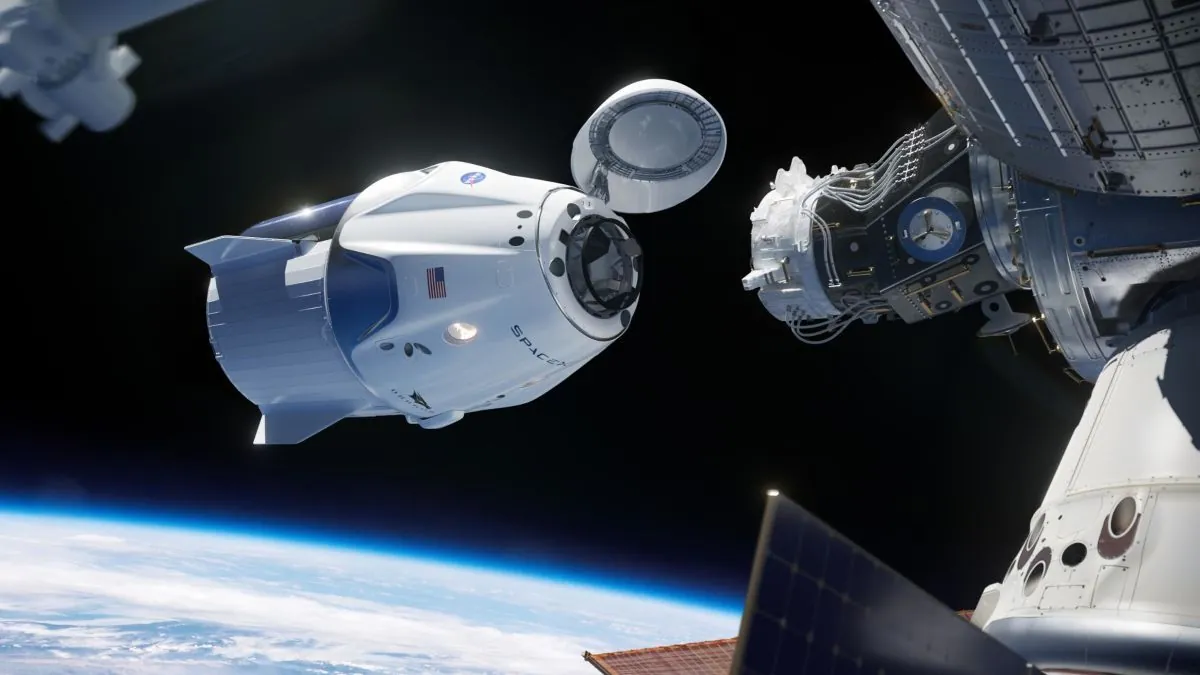
In a significant decision, NASA has opted to use SpaceX's Dragon capsule instead of Boeing's Starliner for the return of two astronauts from the International Space Station (ISS). This choice, announced on August 24, 2024, stems from safety concerns surrounding the Starliner capsule.
Steve Stich, NASA's commercial crew program manager, stated, "It was just too much risk for the crew." This decision extends the stay of astronauts Sunita Williams and Barry "Butch" Wilmore on the ISS from the originally planned 8 days to approximately 8 months.
The Starliner capsule encountered thruster problems and helium leaks during its approach to the ISS on June 6, 2024. Despite Boeing's assurances, NASA engineers could not fully understand the issues, even after extensive testing and analysis.
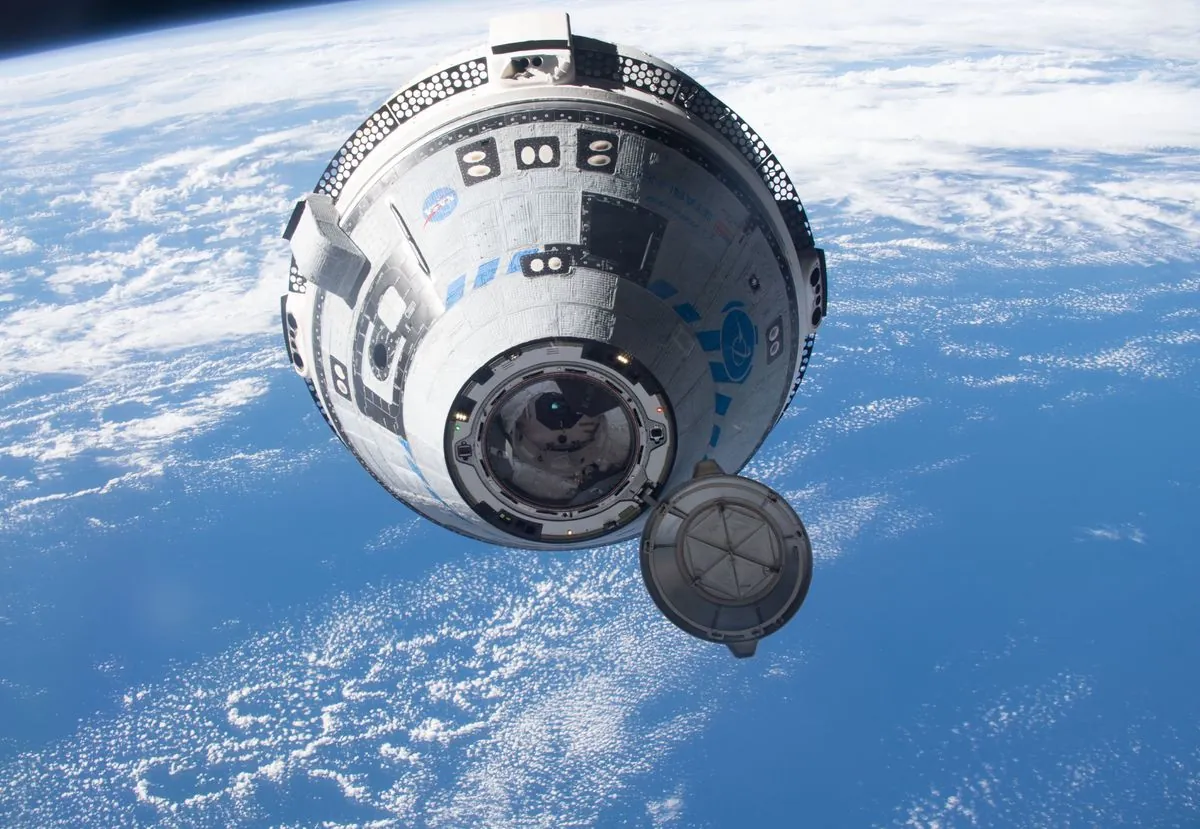
NASA Administrator Bill Nelson emphasized the agency's commitment to safety, stating, "Space flight is risky, even at its safest and even at its most routine." This decision reflects NASA's cautious approach, mindful of past tragedies such as the Challenger and Columbia disasters in 1986 and 2003, respectively.
For Boeing, this setback adds to a series of recent troubles, including the 737 Max incidents. The company now faces the challenge of returning the uncrewed Starliner to Earth, likely in early September 2024.
SpaceX, which has been flying crews to the ISS since 2020, will now be responsible for bringing Williams and Wilmore back to Earth. The next Dragon return flight is scheduled for February 2025.
"Space flight is risky, even at its safest and even at its most routine. And a test flight by nature is neither safe, nor routine. And so the decision to keep Butch and Suni aboard the International Space Station and bring the Boeing Starliner home uncrewed is a result of a commitment to safety."
The ISS, orbiting Earth at an average altitude of 400 kilometers, has been continuously occupied since November 2000. It travels at a speed of about 7.66 km/s, completing an orbit every 92 minutes. The station's internal pressurized volume of 916 cubic meters is comparable to a six-bedroom house.
This decision highlights the ongoing competition between Boeing and SpaceX in NASA's Commercial Crew Program. In 2014, NASA awarded contracts to both companies, with Boeing receiving $4.2 billion and SpaceX $2.6 billion for the same work.
Despite this setback, NASA officials have publicly praised Boeing as a reliable partner. The agency aims to have two U.S. spacecraft capable of transporting crews, ensuring a backup option if one becomes unavailable.
Williams and Wilmore will continue their work on the ISS, having already completed about 100 hours of work on 42 different experiments. Their extended stay will contribute to the ongoing scientific research conducted on the station, which involves five space agencies: NASA, Roscosmos, JAXA, ESA, and CSA.
As NASA prioritizes crew safety, the future of the Starliner program remains uncertain. However, the agency remains committed to its partnership with Boeing and the development of multiple crew transportation options for future missions.













